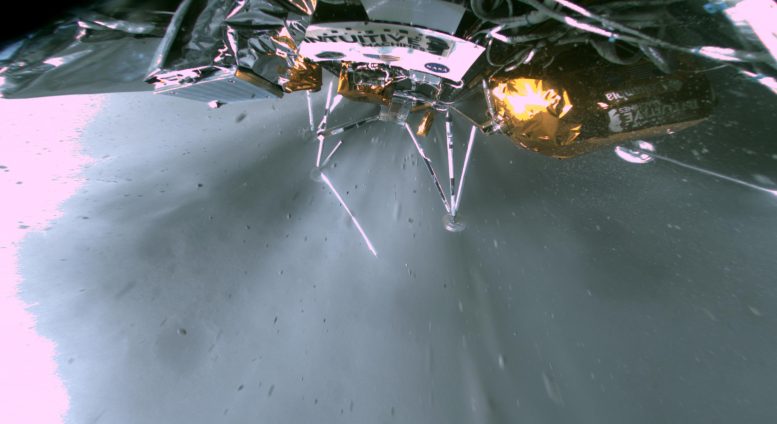
Odysseus’ landing captured a leg, as it performed its primary task, absorbing first contact with the lunar surface. With the lander’s liquid methane and liquid oxygen engine still throttling, it provided stability. Credit: Intuitive Machines
A historic delivery to the Moon’s South Pole…
A record-breaking scientific balloon flight…
And an asteroid mission’s close pass of the Sun…
A few of the stories to tell you about – This Week at NASA!
New NASA Tech, Science Operated on the Moon
For the first time in more than 50 years, new NASA science instruments and technology demonstrations have been operated on the Moon. A suite of six science instruments and tech demos was delivered to the South Pole region of the Moon on February 22 by Intuitive Machines’ Odysseus lander.
The mission, known as IM-1, was the first successful delivery for the agency’s Commercial Lunar Payload Services, or CLPS initiative, and Artemis campaign.
GUSTO Breaks NASA Scientific Balloon Record
The GUSTO scientific balloon mission is the new record-holder for longest flight of any NASA heavy-lift, long-duration scientific balloon mission. It recently surpassed the previous record of fifty-five days, one hour, and 34 minutes while flying high above Antarctica.
GUSTO is an astrophysics mission that is mapping a large part of the Milky Way galaxy, including the galactic center, and the nearby Large Magellanic Cloud.
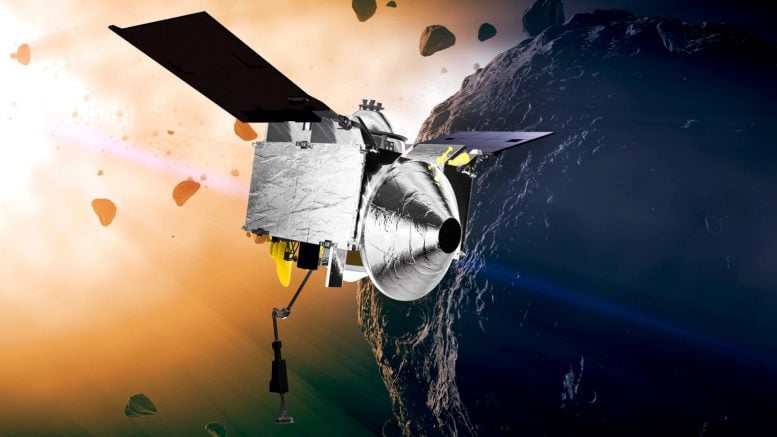
NASA’s OSIRIS-APEX spacecraft has successfully navigated a critical phase of its mission, coming 25 million miles closer to the Sun than initially planned, to eventually rendezvous with asteroid Apophis in 2029. Credit: NASA’s Goddard Space Flight Center
OSIRIS-APEX Completes First Perihelion
Preliminary telemetry indicates that NASA’s OSIRIS-APEX spacecraft, formerly known as OSIRIS-REx, recently completed an operation that brought it 25 million miles closer to the Sun than it was designed to function.
The close pass of the Sun, or perihelion was the first of seven the spacecraft will make on its journey to study asteroid Apophis, which is expected to have a rare close encounter with Earth in April 2029.
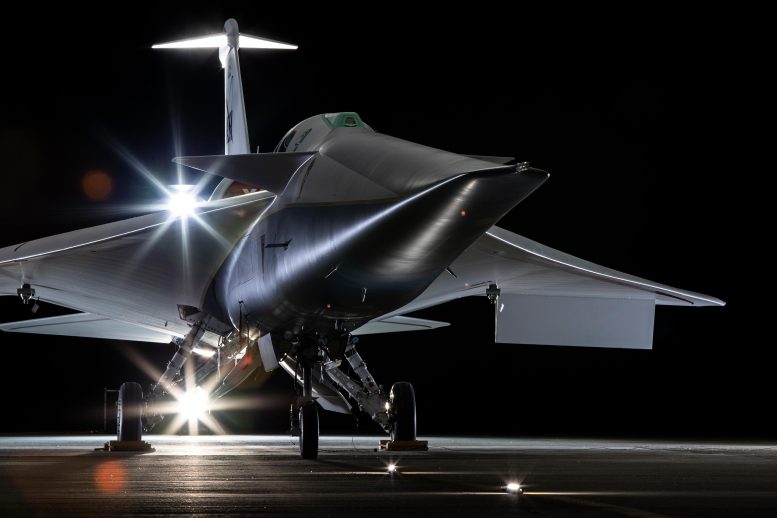
NASA’s X-59 quiet supersonic research aircraft is dramatically lit for a “glamour shot,” captured before its January 12, 2024, rollout at Lockheed Martin’s Skunk Works facility in Palmdale where the airplane was constructed. Credit: Lockheed Martin / Michael Jackson
NASA Instruments Will Listen for Supersonic Quiet Thump
The recent Carpet Determination In Entirety Measurements, or CarpetDIEM tests were aimed at helping researchers examine the quality and ruggedness of a new generation of ground recording systems.
The recording equipment is needed for future flight tests with NASA’s experimental X-59 aircraft to confirm that it can fly supersonic while producing just a quiet sonic thump. The X-59 is not yet flying, so an F-15 and an F-18 aircraft were used to make supersonic passes for the recording equipment.
That’s what’s up this week @NASA.

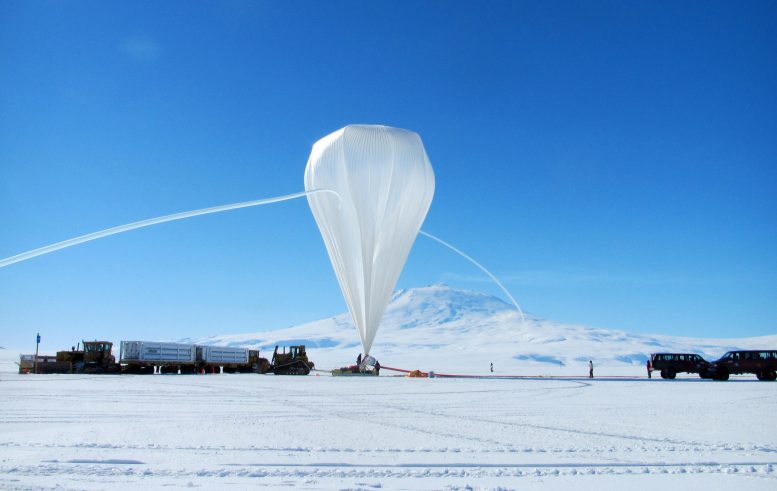





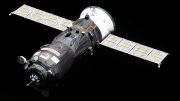
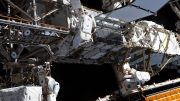
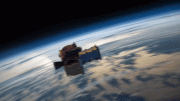
Be the first to comment on "This Week @NASA: Historic Delivery to the Moon’s South Pole, Scientific Balloon Record, OSIRIS-APEX Perihelion"